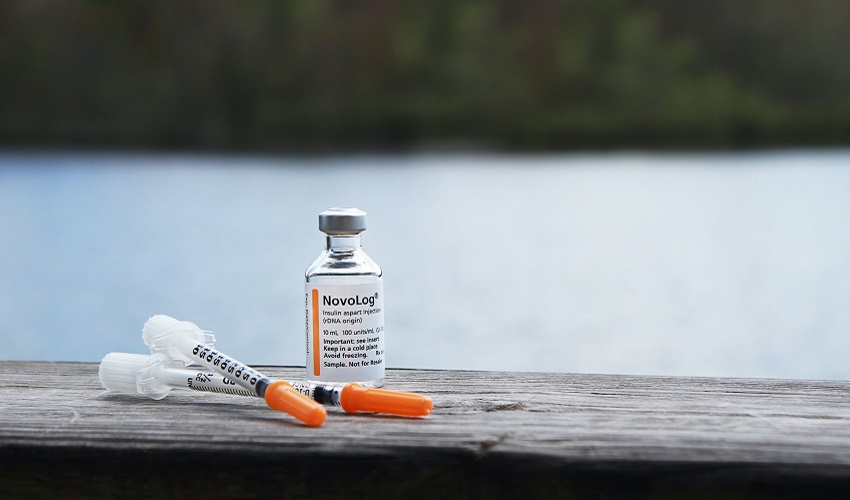Balancing insulin therapy, exercise, and blood sugar levels can sometimes feel like a juggling act for individuals managing diabetes. A common question that arises is, “Can I work out after taking my insulin shot?” The answer isn’t a simple yes or no. It depends on the type of insulin, timing, and your body’s response. Let’s explore the nuances of exercising after insulin administration and how to do it safely.
Why Timing Matters
When you inject insulin, its peak activity depends on the type of insulin used:
- Rapid-acting insulin: Peaks in 15-30 minutes.
- Short-acting insulin: Peaks in 1-3 hours.
- Intermediate or long-acting insulin: Peaks over several hours or remains steady.
Exercising during insulin’s peak activity can cause blood sugar to drop quickly, which may cause hypoglycemia. Therefore, it is important to understand the timing of your workout relative to your insulin shot.
Tips for Safe Workouts After Insulin
- Wait for the Right Time:
If you’ve taken a rapid-acting insulin shot, consider waiting at least 30-60 minutes before exercising to avoid overlapping with its peak action. - Monitor Blood Sugar:
Check your blood sugar before, during, and after exercise to understand how your body reacts. - Have Carbs Handy:
Always carry fast-acting carbs like glucose tablets or juice to treat low blood sugar. - Avoid Injection Sites in Active Muscles:
If you’re working out your legs, avoid injecting insulin into your thighs, as exercise increases insulin absorption in active muscles.


What Happens When You Exercise After Insulin?
Exercise increases your body’s sensitivity to insulin. This means that it uses glucose more efficiently. It can also lead to hypoglycemia if not managed carefully.
Symptoms of hypoglycemia may include such as:
- Dizziness or shakiness
- Sweating
- Confusion
- Rapid heartbeat
To avoid these, always keep track of your blood sugar levels and learn to recognize your body’s signals.
When is the Best Time to Work Out?
- Morning Workouts:
If you’re using long-acting insulin, early morning workouts may be safer since the insulin’s activity is steady. - Post-Meal Workouts:
Exercising after meals can help balance blood sugar, as your insulin dose will work in tandem with the glucose from your meal. - Avoid Late-Night Workouts:
Exercising late at night may increase the risk of nocturnal hypoglycemia, especially if insulin activity overlaps with your sleep. Therefore, you should try to avoid it.

Practical Guidelines for Exercising Safely
- Start Slow:
If you’re new to exercising with insulin, start with light activities like walking or yoga and monitor how your body reacts. - Stay Hydrated:
Dehydration can affect blood sugar levels and insulin absorption. Drink plenty of water during workouts. - Know Your Target Range:
Aim for blood sugar levels between 100-250 mg/dL before exercising. Adjust your insulin or food intake as needed to stay in this range. You can use continuous glucose monitors to better understand your body’s response.

When to Avoid Exercise After Insulin
While exercise for diabetics is generally safe and beneficial, there are times when it’s best to skip it:
- Blood Sugar Too Low: If your blood sugar is below 100 mg/dL, eat a snack before working out.
- Blood Sugar Too High: Avoid exercise if levels are above 250 mg/dL with ketones, as this could indicate diabetic ketoacidosis.
- Feeling Unwell: If you’re sick or extremely fatigued, rest instead of pushing through a workout.
Finding Your Balance
Exercising after an insulin shot is safe for most people when done mindfully with precautions. Timing your workouts, monitoring blood sugar, and making adjustments as needed can make a big difference. Remember that every person’s diabetes management journey is unique. With careful planning and expert guidance, you can enjoy the benefits of exercise without compromising your safety.




